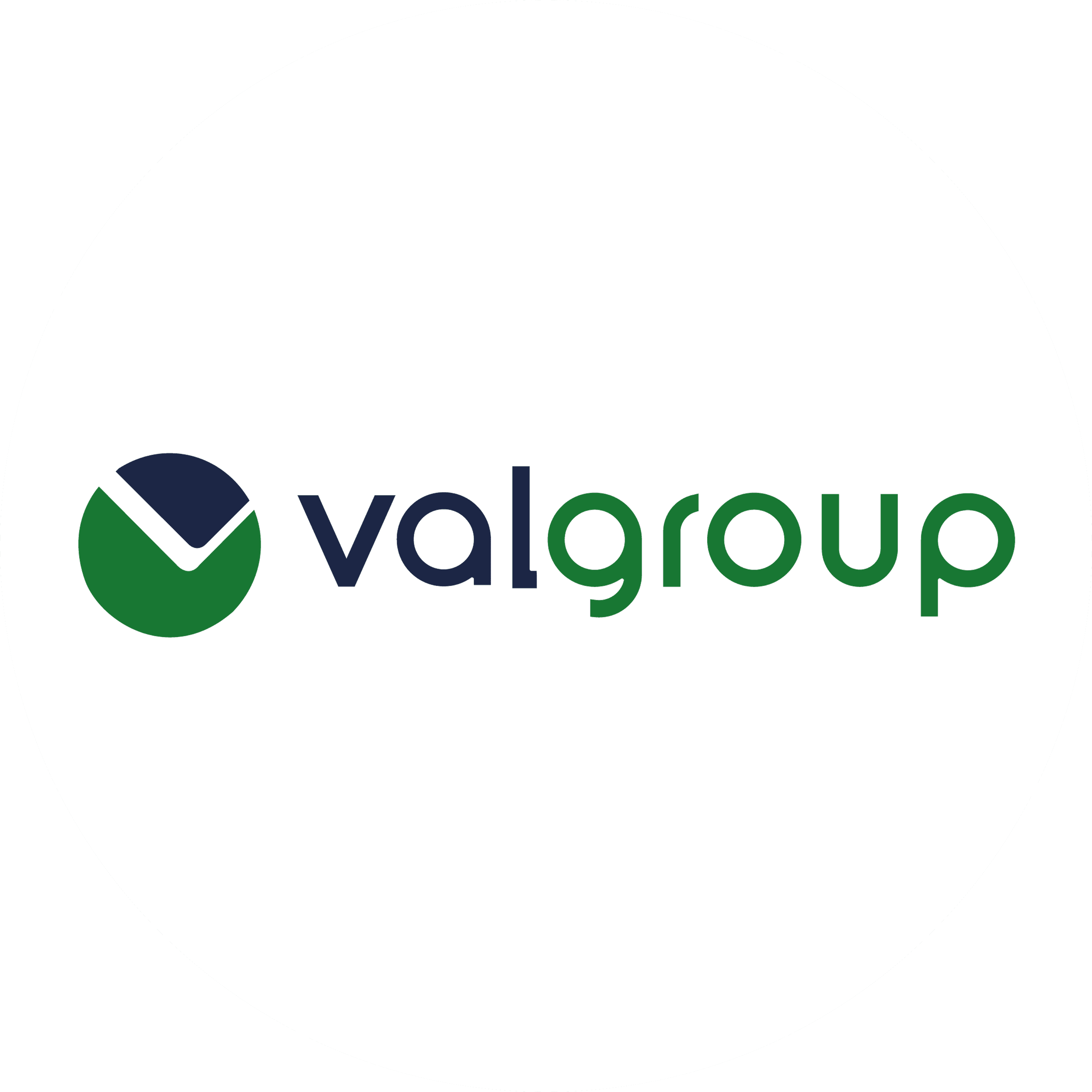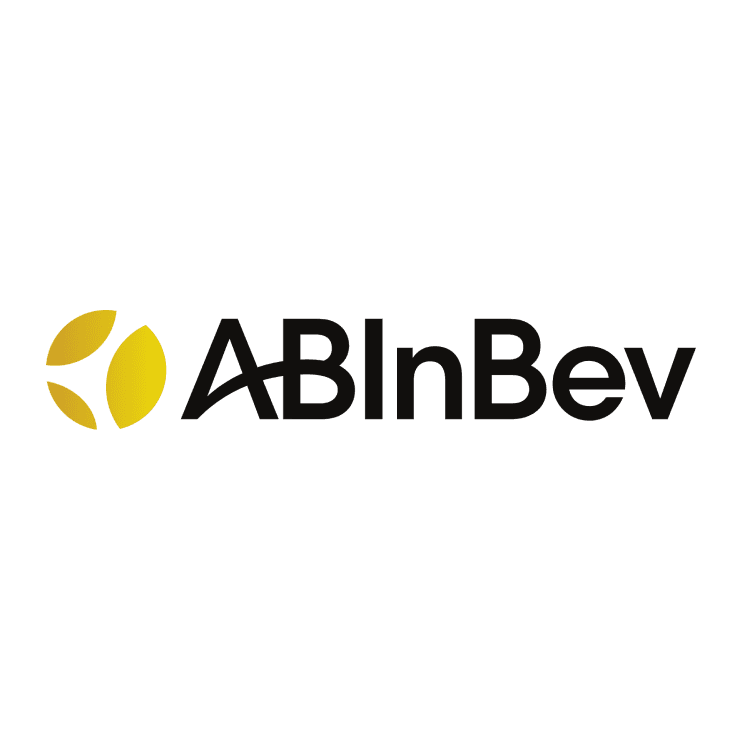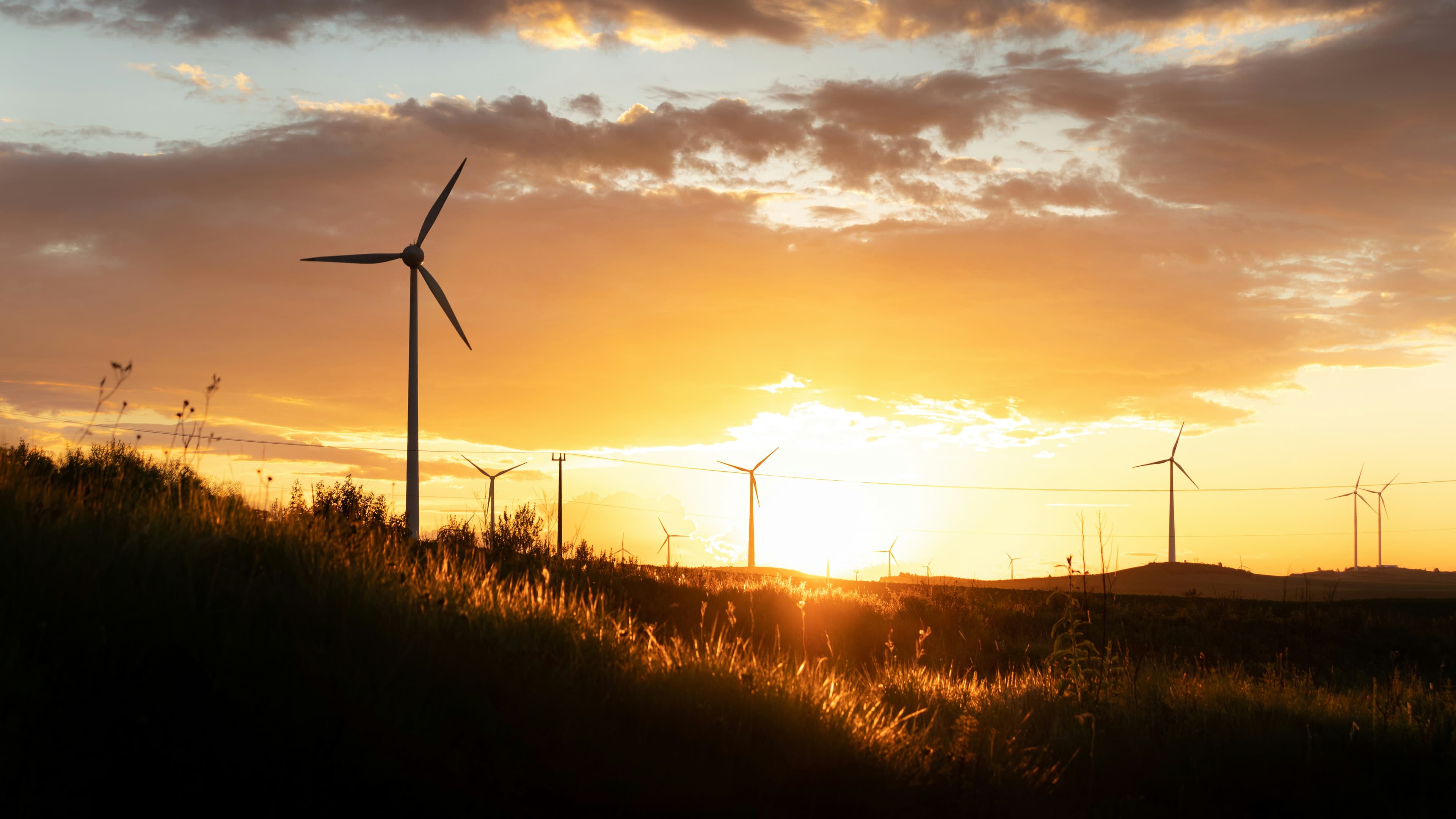Achieve Zero Scope 2 through 100% Renewable Electricity
 Valgroup
Valgroup
总结
Transitioned to 100% renewable electricity across all Brazilian operations by 2025, achieving zero Scope 2 emissions five years ahead of target.
Context
This case study is part of decarbonization best practices shared with AB InBev Eclipse sustainability program’s community. Discover more about the Eclipse program here.
Valgroup is a major producer of plastic packaging, with operations in 7 countries and a strong industrial footprint in Brazil. One of the company’s primary decarbonization challenges was reducing Scope 2 emissions from electricity use in its Brazilian facilities, where energy demand is high due to extrusion, injection molding, and recycling processes.
Solution
To address this, Valgroup implemented a renewable energy strategy focused initially on Brazil, where the regulatory environment and availability of certified clean energy allowed for rapid action. The strategy included:
mapping electricity consumption across all Brazilian sites;
sourcing certified renewable electricity; and
gradually eliminating grid electricity with high carbon intensity.
The initiative prioritized long-term sourcing contracts to ensure cost stability and traceability, while reinforcing internal governance through clear KPIs and cross-departmental engagement. As a result, Valgroup achieved 100% renewable electricity in all Brazilian operations in 2025, five years ahead of its original 2030 target.
This milestone is part of Valgroup’s broader decarbonization roadmap, which includes future expansion of renewable sourcing to other countries and additional efforts to reduce Scope 1 and Scope 3 emissions.
Figure: Valgroup Partnered with Comerc and Casas dos ventos for this initiative

Impact
Sustainability impact
Climate
Targeted Scopes: Direct impact on Scope 2; indirect benefits for Scope 3.2 (capital goods).
Results (2021–2025): Scope 2 emissions in Brazil reduced by 100%, equivalent to 32,000 tCO₂e/year.
Additional benefits: Energy efficiency measures extended equipment lifespans, avoiding emissions linked to manufacturing new machinery.
Nature
Diversified renewables (wind, solar) reduced reliance on hydroelectric dams, lessening ecological pressure on freshwater ecosystems.
Avoided fossil-based backup generation during droughts, cutting air pollution.
Supported grid diversification and resilience.
Social
Improved local air quality by reducing fossil backup reliance.
Supported jobs and local development through renewable PPAs.
Stabilized energy costs, reducing risks of production cuts and layoffs.
Employee engagement campaigns fostered a culture of energy efficiency.
Business impact
Benefits
Locked in predictable electricity prices through long-term PPAs, reducing exposure to market volatility.
Improved energy productivity via efficiency upgrades and automation.
Reduced operational risk by sourcing 100% certified renewable electricity.
Increased employee engagement through energy-saving campaigns.
Enhanced reputation and client trust by achieving targets ahead of schedule, supporting ESG reporting.
Costs
Investments: ~USD 5M in energy efficiency (motors, LED, automation, monitoring).
Operating costs: Neutral to slightly positive overall impact; efficiency savings balanced certification and administrative costs (<1% of expenses).
Payback period: 2–3 years estimated for efficiency investments.
Subsidies: No major subsidies; leveraged I-REC certificates and limited state tax exemptions.
Impact beyond sustainability and business
Co-benefits
Community perception and pride: Achieving 100% renewable energy in Brazil elevated Valgroup’s public image among employees’ families and local communities, reinforcing a sense of pride in being part of a company leading by example.
Cultural transformation toward sustainability: By embedding energy KPIs into team goals and rewarding collective performance improvements, the initiative fostered a shared sense of environmental responsibility. Sustainability became integrated into day-to-day decision-making, not confined to a single department.
Implementation
Typical business profile
This initiative is most relevant for energy-intensive manufacturers, especially in sectors like packaging, plastics, food & beverage, and chemicals, with operations in regions where renewable PPAs and I-RECs are available, such as Brazil. It suits companies at an intermediate to advanced stage of their Net Zero journey, looking to reduce Scope 2 emissions and improve operational efficiency through a phased, cost-effective approach. Ideal for firms with centralized procurement and multiple industrial sites.
Approach
This initiative can be implemented through a two-phase approach adaptable to companies of different sizes, regions, and maturities:
Phase 1 – Reduce Consumption Through Energy Efficiency
Steps:
Conduct energy audits to map major consumption sources across operations.
Upgrade equipment (e.g., motors, lighting, compressors) with high-efficiency models.
Implement automation and real-time energy monitoring systems.
Train employees and create internal engagement programs for behavioral change.
Set site-level KPIs to monitor progress and drive accountability.
Phase 2 – Transition to Renewable Electricity
Two main sourcing approaches:
Option A: Power Purchase Agreements (PPAs)
Ideal for large electricity users.
Long-term contracts with renewable energy producers (solar or wind).
Ensures cost stability and traceability.
Option B: I-REC Certificates
Suitable for companies with less energy volume or no access to PPAs.
Allows flexible procurement while certifying renewable origin.
Can be used in parallel with grid energy.
Key Enablers:
Strong cross-functional collaboration (procurement, sustainability, operations).
Access to credible renewable markets or intermediaries.
Internal data systems for energy tracking and emissions calculation.
Stakeholders involved
Internal Stakeholders involved
Sustainability Department: Led the strategy, defined decarbonization targets, managed emissions tracking, and ensured alignment with international frameworks (e.g., GHG Protocol, CDP).
Energy Management Team (within Engineering & Utilities): Coordinated energy audits, implemented efficiency measures, and ensured operational integration across sites.
Procurement: Negotiated Power Purchase Agreements (PPAs) and I-REC acquisition, balancing environmental goals with cost-effectiveness.
Operations & Maintenance: Implemented equipment upgrades, supported efficiency projects on the ground, and ensured process continuity.
Finance: Assessed investment viability, managed contract terms, and integrated cost savings into financial planning.
Executive Leadership: Approved the long-term energy strategy, ensuring top-down commitment and resource allocation to reach the 2030 target ahead of schedule.
External Stakeholders involved
Renewable Energy Generators (wind and solar): Provided certified clean electricity under long-term contracts.
I-REC Standard Providers and Verifiers: Ensured traceability and third-party certification of the renewable energy claims.
Technology Vendors: Supplied automation systems, monitoring tools, and high-efficiency equipment.
Key parameters to consider
Initiative maturity:
Energy efficiency and renewable sourcing via PPAs/I-RECs are established, low-risk practices.
Lifetime:
Efficiency upgrades: 8–15 years.
PPAs: 10–15 years.
I-RECs: annual, flexible.
Technical prerequisites:
Reliable energy baseline data.
Qualified renewable suppliers.
Capacity for energy auditing and monitoring.
Minimum consumption thresholds for PPAs.
Geographic relevance:
Works best in deregulated energy markets with active renewable suppliers and I-REC registries (e.g., Brazil, Mexico).
Incentives:
No major subsidies used.
Some state-level tax exemptions and green finance lines may be available.
Other considerations:
Requires cross-functional coordination and executive sponsorship.
Best implemented in phases: efficiency first, then renewables.
